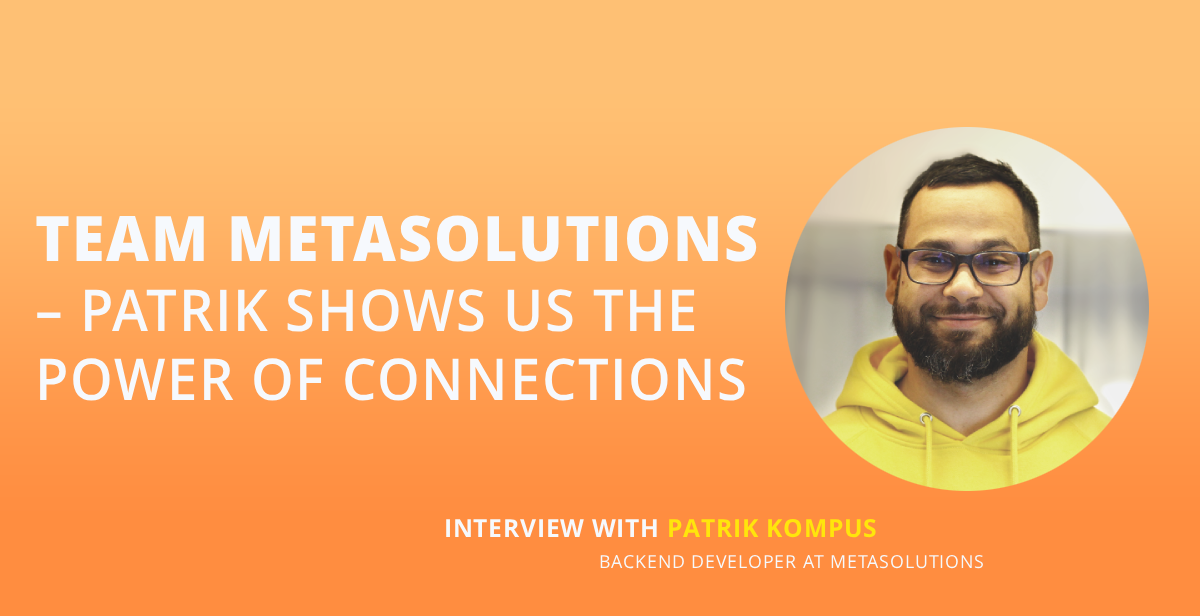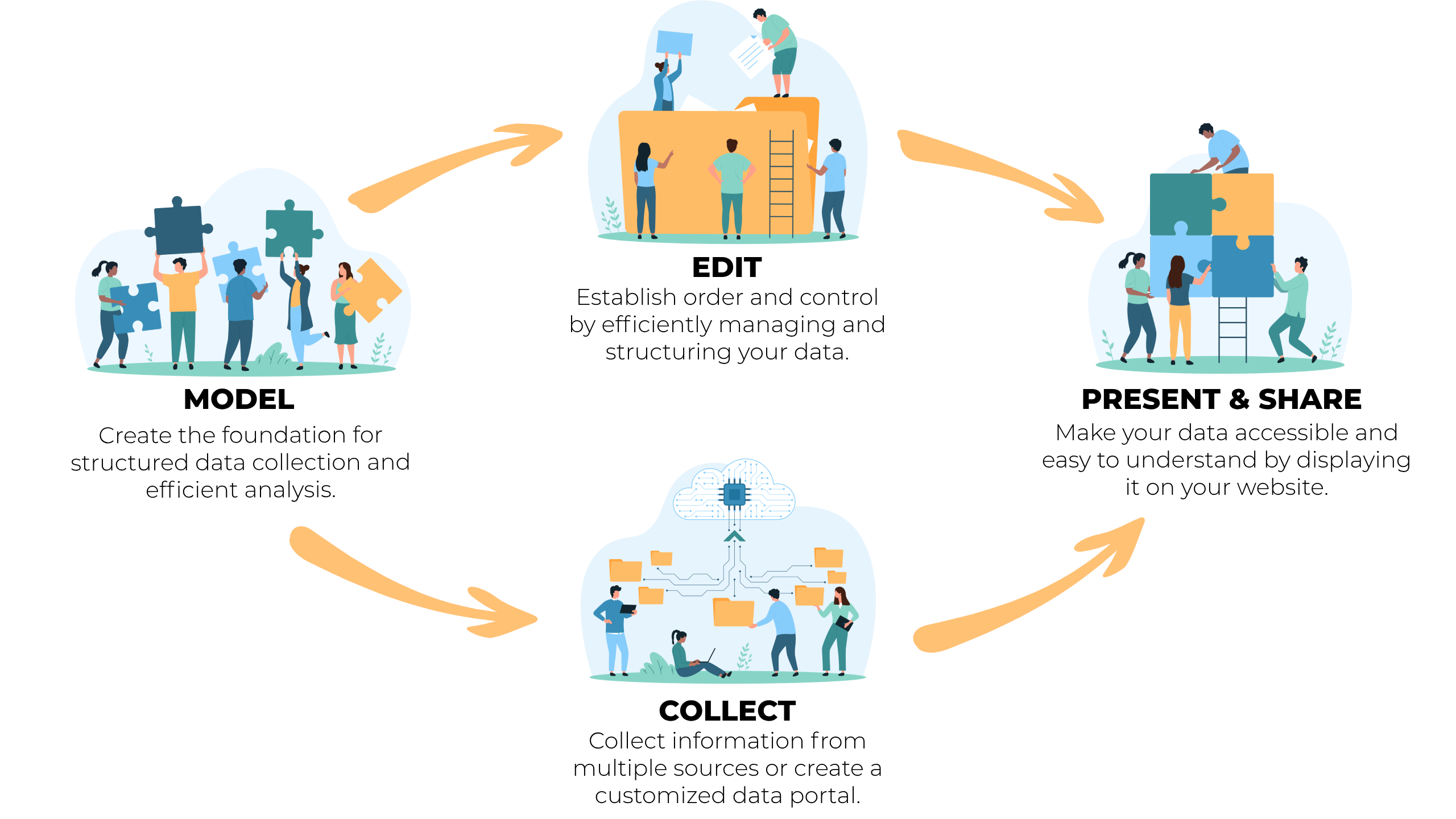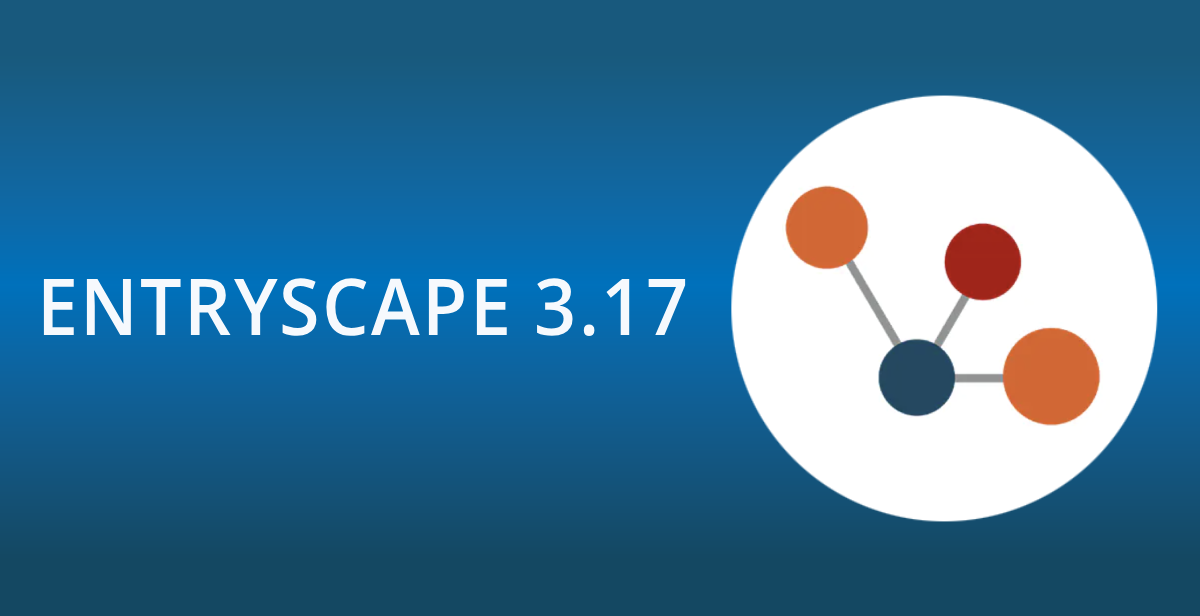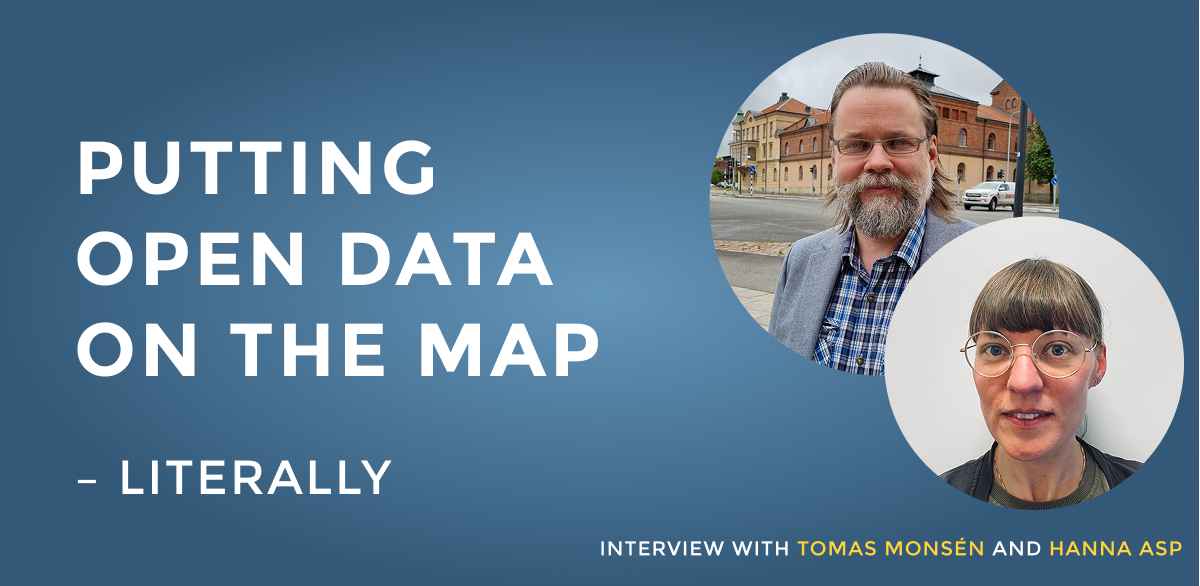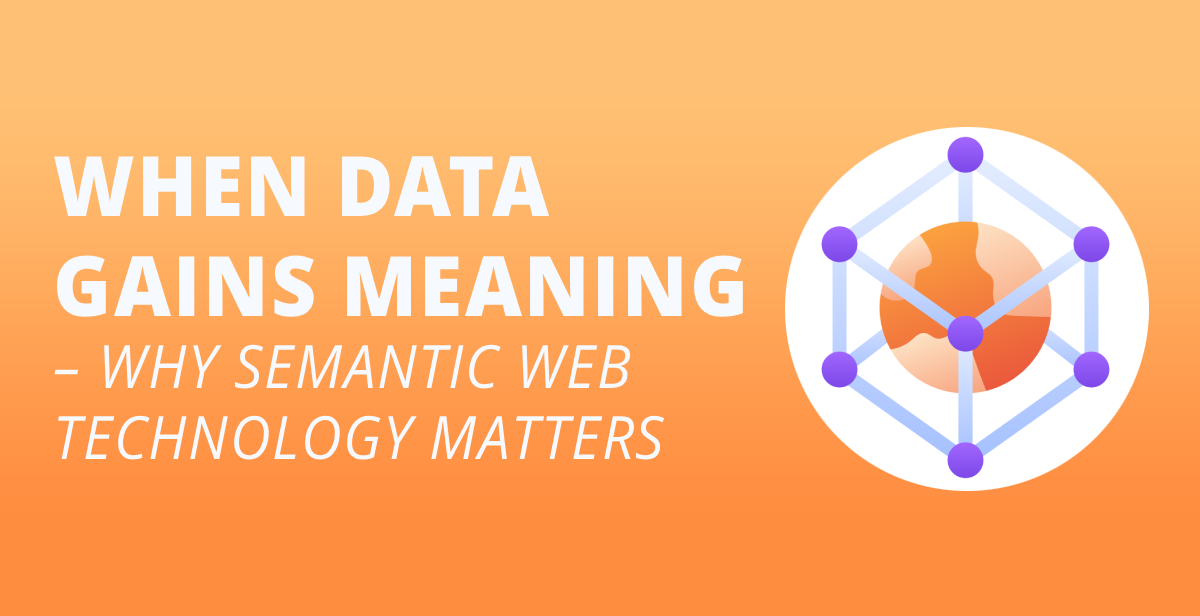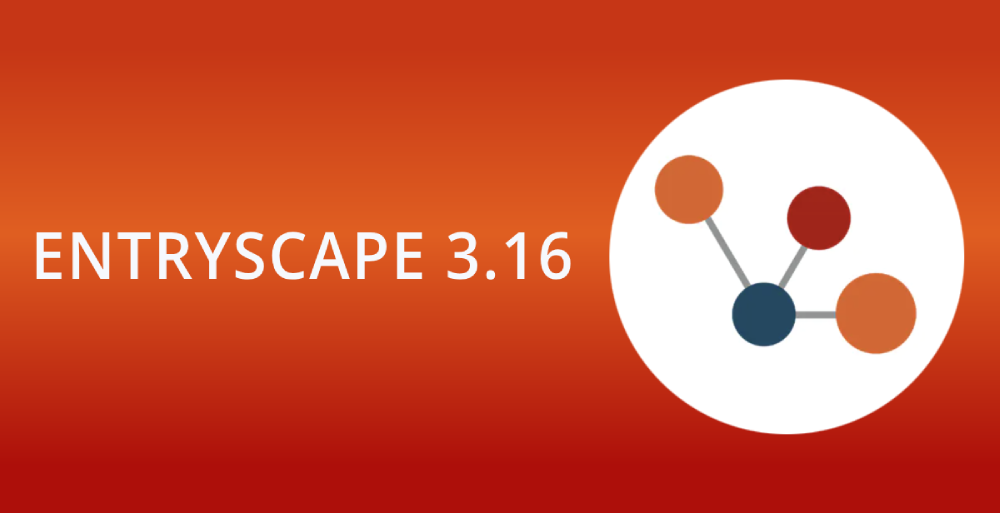The human brain builds networks, not tables. That’s something Patrik Kompus knows well. He’s a backend developer at MetaSolutions and a PhD candidate in Semantic Web technology. His mission: to create systems that think more like we do – where relationships bind knowledge into something we can truly understand.
Even though humans grasp new things by connecting them to what they already know, digital information is still mostly stored in tables. That’s something Patrik both challenges and explores. For just over a year now, he’s been part of MetaSolutions’ development team, working closely with the technical core of EntryScape.
Do you want to read this text in Swedish? Click here!
In parallel, he’s conducting research in the field of the Semantic Web – a space at the crossroads of philosophy, computer science, and information architecture.
“Most systems are built to store data, not to interpret meaning,” he explains.
“But if you compare it to a brain, we think in associations – not in columns. When information is stored in tables, it becomes harder to understand how everything relates.”
From Prague to Stockholm – Driven by Semantics
A chance meeting at a research conference in Athens led to an unexpected opportunity. There, Eva Blomqvist, professor at Linköping University, mentioned an opening at MetaSolutions – a tip that would soon shape the next step in Patrik Kompus’ career.
“I had my first video call with the founders, Hannes Ebner and Mattias Palmér. We clicked immediately. It felt like a place where I could both contribute and keep growing.”
Although based in Prague, he plays a central role in MetaSolutions’ Stockholm-based development team – particularly in shaping the underlying data structures of EntryScape.
With a Master’s degree in Web engineering from the Technical University in Prague, his first encounter with linked data came almost by accident during his studies – a decision that would later define his professional path.
“It was kind of random. It sounded open-ended enough,” he recalls.
But what started as a last-minute decision quickly turned into something much more.
“At first, it was like hitting a wall. The tools were clunky, the documentation sparse, and there was no one to ask. But once I started understanding the logic behind it, everything started clicking into place.”
Read also: When Data Gains Meaning – Why Semantic Web Technology Matters
That realization changed the way he thought about data. It wasn’t just about storing numbers – it was about creating structure and meaning. About making information understandable to both humans and machines.
Since then, he’s been hooked. He’s worked internationally as a lead ontology architect and began his PhD studies two years ago, focusing on how Semantic Web technologies can be applied in software development. His research runs in parallel with his role as a backend developer at MetaSolutions.
“You kind of need a different kind of brain for it,” he laughs. “Someone who likes code but also finds structures and concepts exciting.”
Making Complex Systems Understandable – from the Backend Out
Patrik’s work happens far from user interfaces and clickable menus. He jokingly refers to himself as a miner, someone who works close to the system’s core, unearthing the structures where everything begins.
“Sometimes it feels like no one knows what I do,” he laughs. “But that’s okay. To me, there’s beauty in connecting the dots. When technology doesn’t complicate things, but clarifies them.”
That philosophy runs deep throughout MetaSolutions. The company’s founders come from academic backgrounds rooted in the Semantic Web. Helping organizations build structures that stand the test of time – open, understandable, and reusable – is a red thread that runs through everything from product development to client projects.
Do you want to try EntryScape Free? Click here!
And right at the heart of it, deep in the code, is Patrik.
“I want to build systems that reflect how we actually understand the world. When you get that right, technology becomes support, not a barrier.”
In our next blog post, we’ll dive deeper into Patrik’s area of expertise: Semantic Web technology. What is it really? And why is it a smarter way to manage information?

